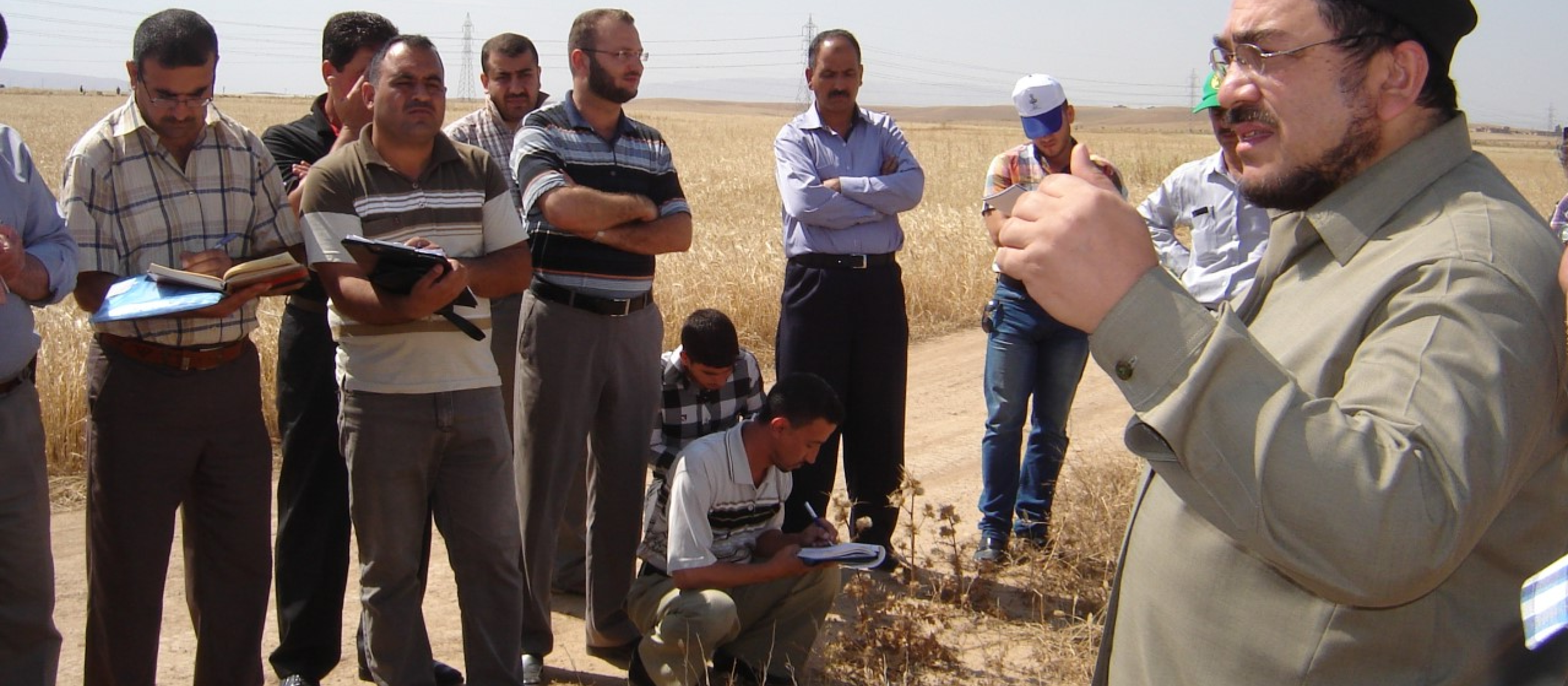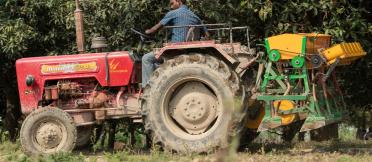While most people associate the Middle East with desert, the farming areas targeted by the project have a similar climate to southern Australia, with hot dry summers and cold wet winters. Rainfall can be as high as 600–700 mm/year in parts of northern Iraq, but the majority of crops—mainly wheat, barley, lentils and chickpeas—receive an average of 300–450 mm/year.
The average Iraqi farm is 20–30 ha, however the project targeted larger landholders with up to 1,000 ha as early adopters because they owned their own machinery and were often influential community leaders.
Dr Loss says the uptake of conservation agriculture over the life of the project was remarkable, given it turned entrenched local farming practices on their head.
‘When we asked farmers to abandon the plough, this was a huge change in mindset because traditionally they tilled two or three times to kill weeds and make a fine seed-bed before sowing,’ he says.
‘But they quickly realised that by using zero till and planting into undisturbed soil immediately after the first autumn rains, evaporation of soil water was reduced and this lengthened the crop’s growing season, which resulted in increased yields while saving fuel.’
Researchers successfully engaged farmers using specific techniques such as on-farm testing of zero-till seeders and permanent demonstration sites to show them the broader agronomic aspects enabled by conservation agriculture.
Farmer surveys estimated the average yield increase in Iraq was about 160 kg/ha. Together with cost savings, this boosted incomes by A$140/ha. The project has also influenced neighbouring Syria, where zero-till wheat yields were increased by 465 kg/ha (31%) and profit boosted by about A$260/ha.
Before the escalation in the Iraqi conflict in 2014 it was estimated that the area of zero till had increased from none to 15,000 ha in seven years, while in Syria about 30,000 ha of commercial crops were sown with zero till.
Although rebuilding has been slow since the Iraqi government regained control of Mosul in July 2017, researchers, farmers and extension workers have managed to regroup, exchange information and build and restore seeders to encourage the expansion of conservation agriculture.




